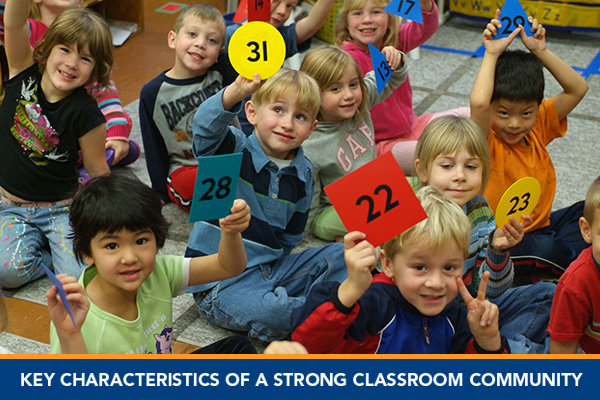
Building a Classroom Community, part 1
"We must convey, from the very first day, the important message that we will tackle challenging material and do high-quality work in our classroom. But we must also convey that we will tackle this material and do this high-quality work in an atmosphere of support and collaboration." – Denton & Kriete, 2000

The key characteristics of a strong classroom community are:
- Respect among students and between students and the teacher
- A sense of safety, in which taking intellectual risks feels comfortable rather than threatening
- A shared sense of purpose among students and the teacher that emphasizes learning, personal responsibility, and collaboration
- Clear and consistent habits and routines that allow the teacher and students to focus on learning
Building and fostering such a community takes time and effort. As you establish and nurture a strong community in your classroom, you will focus on:
- Getting to know your students well Establishing a culture of respect
- Creating an environment that supports risk taking
- Developing habits and routines for learning
- Focusing on partnerships and group work
- Engaging in the practice of reflection
Most educational experts recommend spending the first six to eight weeks of the school year building community and establishing classroom habits and routines. Of course, you will not postpone teaching content while you establish your classroom community. Instead, you will weave community building into the school day. As we continue this series, Building a Classroom Community, we'll explore some hands-on techniques for building a strong sense of community in your classroom.
Hannah Chandler is a curriculum writer for MLC.